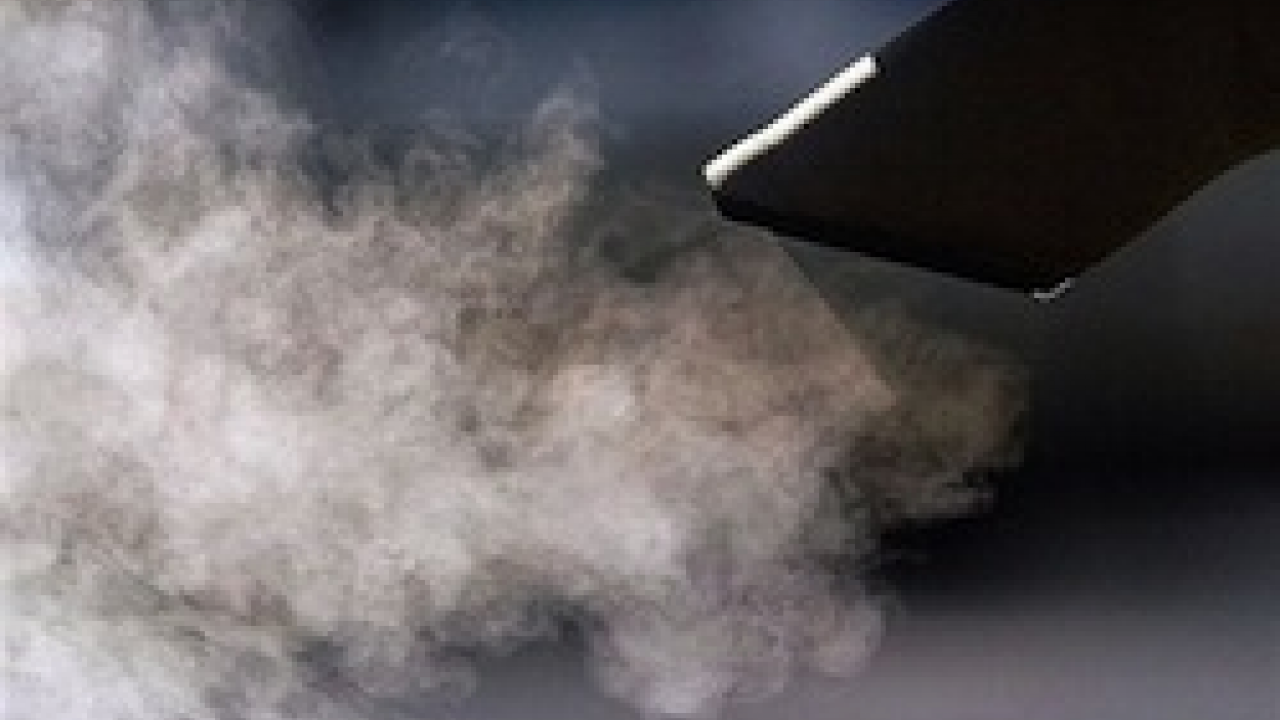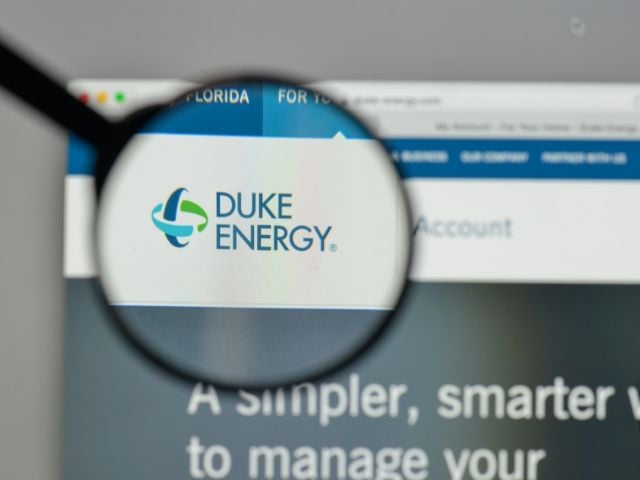
When the Environmental Protection Agency (EPA) succumbed to the corn ethanol industry’s demands in January and approved the sale of gasoline containing 15 percent ethanol in newer vehicles, it glossed over the troubling results of emissions tests on cars burning the new fuel formulation.
And it certainly didn’t let that data get in the way of giving the ethanol lobby what it wanted.
We focused in previous blogs on the risk that consumers will mistakenly use 15 percent ethanol fuel (known as E15) in older vehicles and in small or off-road engines that cannot safely use it, risking engine failures, corrosion and other problems. Add increased air pollution to the reasons why the sale of fuel containing 15 percent ethanol and 85 percent gasoline was, and is, a bad idea.
Because not all engines can run on E15 without risking major problems, EPA approved its use only in Model Year 2001 and newer vehicles. Most gasoline currently sold in the U.S. contains only 10 percent ethanol (E10), and most engines can tolerate that much. But the ethanol industry, thirsting for bigger markets and more sales, pushed hard for the new formulation on the bogus argument that it would foster American energy independence.
EPA had earlier given the OK (technically, a “waiver”) for the use of E15 in vehicles built since Model year 2007, and the January decision enlarged the market to include vehicles made from Model Year 2001 to 2006. Because of the known and suspected compatibility problems with older vehicles and small or off-road engines, they were excluded from the decision.
Before it acted, EPA was required under the Clean Air Act to analyze emissions from vehicles burning E15 to prove that air pollution would not increase. The agency dutifully relied on Department of Energy (DOE) testing of various vehicles manufactured between 2001 and 2006.
Environmental Working Group has examined the Energy Department’s raw data for three pollutants – non-methane organic gases (NMOG), carbon monoxide (CO) and nitrous oxide (NOx) – emitted by vehicles burning E15. Here’s what we found:
- Four out of the eight vehicles tested failed at least one emissions test.
- Three other vehicles’ emissions tests were within 15 percentage points of failing.
- There were several more emissions failures in vehicles tested with E20, a 20 percent ethanol blend that ethanol groups such as Growth Energy claim will have no harmful effects on engines or other vehicle components.
The table below details the results of the DOE testing.
|
Dept. of Energy E15 Emissions Testing Data for
Model Year 2001 to 2006 Vehicles |
|||
| Vehicle Model | E15 Emissions Tests | ||
| NMOG* | CO** | NOx*** | |
| 2003 Chevy Cavalier | Pass | Pass | Close |
| 2000 Chevy Silverado | Pass | Pass | Pass |
| 2002 Dodge Durango | Pass | Pass | Pass |
| 2000 Ford Focus | Fail | Pass | Pass |
| 2003 Ford Taurus | Fail | Pass | Pass |
| 2000 Honda Accord | Fail | Fail | Pass |
| 2002 Nissan Frontier | Close | Fail | Pass |
| 2003 Toyota Camry | Close | Pass | Pass |
| NOTES: | |||
| “Pass” indicates that emissions did not exceed EPA standards; “close” indicates tests that came within 15 percentage points of failing; “fail” indicates emissions that exceeded EPA standards for that pollutant in at least one test. | |||
| * Non-methane organic gases (NMOG) | |||
| ** Carbon monoxide (CO) | |||
| *** Nitrous oxide (NOx) | |||
In announcing its decision, the EPA acknowledged these emissions test failures – meaning increased air pollution – this way: “Analysis of available information suggests, but does not establish, the possibility that a limited number of vehicle models with emissions already very close to applicable evaporative emission standards might exceed the standards in use if operated on E15.”
But that didn’t stop the agency from approving E15.
Since then, EPA’s overall message in press reports and in hearings on Capitol Hill has been, “Recently completed testing and data analysis show that E15 does not harm emissions control equipment in newer cars and light trucks.”
Based on EPA/DOE’s own data, EWG disagrees.
EPA should have rejected E15 altogether. The problem of older vehicles and small or off-road engines being mistakenly fueled with the wrong ethanol blend will only increase in the future. American consumers, automobile and small engine manufacturers, local automobile dealers and gas station owners will be left to sort out the mess while the corn ethanol industry counts its profits. And all the while, our soil, air and water will suffer.


